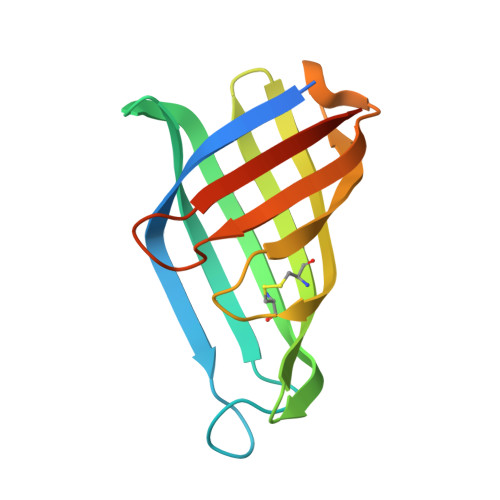Pyocyanin degradation by a tautomerizing demethylase inhibits Pseudomonas aeruginosa biofilms.
Costa, K.C., Glasser, N.R., Conway, S.J., Newman, D.K.(2017) Science 355: 170-173
- PubMed: 27940577
- DOI: https://doi.org/10.1126/science.aag3180
- Primary Citation of Related Structures:
5K21 - PubMed Abstract:
The opportunistic pathogen Pseudomonas aeruginosa produces colorful redox-active metabolites called phenazines, which underpin biofilm development, virulence, and clinical outcomes. Although phenazines exist in many forms, the best studied is pyocyanin. Here, we describe pyocyanin demethylase (PodA), a hitherto uncharacterized protein that oxidizes the pyocyanin methyl group to formaldehyde and reduces the pyrazine ring via an unusual tautomerizing demethylation reaction. Treatment with PodA disrupts P. aeruginosa biofilm formation similarly to DNase, suggesting interference with the pyocyanin-dependent release of extracellular DNA into the matrix. PodA-dependent pyocyanin demethylation also restricts established biofilm aggregate populations experiencing anoxic conditions. Together, these results show that modulating extracellular redox-active metabolites can influence the fitness of a biofilm-forming microorganism.
Organizational Affiliation:
Division of Biology and Biological Engineering, California Institute of Technology, Pasadena, CA 91125, USA.
















